This article originally appeared on Neesh Noosh.
Bamidbar is both the name of the fourth book of the Torah (referred to in English as Book of Numbers) and this week’s portion. After receiving the 10 Commandments at Mount Sinai, Bamidbar/Numbers tells the Israelites journey through the wilderness. A wild landscape conjures images of unrefined, undeveloped, unknown. Our own journeys might have similar descriptions: intimidating, challenging, mysterious. During the Israelites journey, “we will see much adventure, crisis and turmoil take place in the darkness of the wilderness,” writes Yael Shy.
Despite their years in the wilderness, though, the Israelites have a guide to center and direct them: the Tabernacle that they transport. It is always placed in the middle of the Israelites as they walked and camped. Etz Hayyim commentary notes, “The tabernacle was the first thing one saw on leaving home and the first thing one looked for on returning home” (p.774).
Indeed, such journeys can be confusing, challenging and dark at times, but they offer gifts. “The generation of freed slaves enters the wilderness on a doomed journey to death, but the Israelite people emerge on the other side of the book of Numbers, reborn. They must go to the emptiness and darkness of the midbar for this process to take place,” explains Yael Shy. “Scripture says: ‘From the wilderness to Mattanah (Num 21:18), which can be read as: ‘From wilderness, a gift” (The Language of Truth, translated by Art Green, p. 219) Like the Tabernacle for the Israelites, we find our way on on our paths when we connect with our guide. Yael Shy concludes, “The truth and light of God, or ‘what is’ is always there, waiting for us on the other side of the confusion.”
The recipe I created for Bamidbar is based on the theme of the Tabernacle being at the center of the Israelites camp in the wilderness. The dish is vegan pesto bourekas, on a bed of spinach, mushrooms and asparagus. The greens represent the wilderness, surrounding the Tabernacle (bourekas). Though I purchased the spinach/mushrooms/asparagus at the farmers market, these also grow in the wild (though know what you’re picking before eating!).
I had the great fortune of doing an urban edible foraging trip in Seattle last year where I tasted delicious plants growing in parks and forests. (Again, don’t do this on your own!). Many greens that we tasted were considered weeds (such as dandelion greens) until people discovered their rich flavors and now they are often found for sale at markets. If you’re interested in learning about foraging, I recommend the wonderful book, Stalking the Wild Asparagus.
Bamidar: bourekas and greens
Ingredients:
Bourekas:
- 2 sheets phyllo dough, thawed
- 3/4 cup roasted cashews
- 1 tbsp pine nuts
- 1 clove garlic
- large bunch of basil leaves
Greens:
- 1 yellow onion, chopped
- 4 stalks asparagus, ends trimmed, chopped
- 3/4 lb spinach leaves
- 1 cup assorted mushrooms, chopped
- red pepper flakes, pinch
- olive oil
- salt to taste
Preparation
1. Pre-heat oven to 350. Line a baking sheet with parchment paper.
2. In a blender or mortar and pestle, add cashews, pine nuts, basil, garlic. Add about 1/2-1 tbsp olive oil and a few drops of water. Blend/mash until thoroughly chopped but not smooth. There can be lumps and pieces of nuts. The mixture should be thick and paste-like, not liquid.
3. Take a sheet of phyllo dough and lightly brush with olive oil. Place a second piece of dough on top and repeat. Cut the dough lengthwise into 2 or 3 pieces. Place a heaping tablespoon of pesto mixture at one end. Fold over and tuck corners in (this will help to keep the ingredients inside). Then, continue to fold over, until you reach the end. It should be a fairly large rectangular shape. Trim off excess dough. Place on baking sheets and brush top with olive oil. Repeat again until you’ve used all of the dough/pesto (should make 2-3 large pieces).
4. Bake for approximately 15 minutes, until lightly browned. Remove from oven and let cool for about 5 minutes.
5. While bourekas are in the oven, wash and chop greens ingredients.
6. Over low heat, drizzle 1/2 tbsp olive oil into a pan. Add onion and cook for about 3-5 minutes until translucent. Add mushrooms and asparagus and continue to cook for 5 minutes. Add spinach and saute until fully wilted. Add a small pinch of red pepper flakes and salt, to taste. Drizzle with a bit of olive oil.
6. On a platter, place bourekas in center and put greens mixture around it.
B’tayavon!




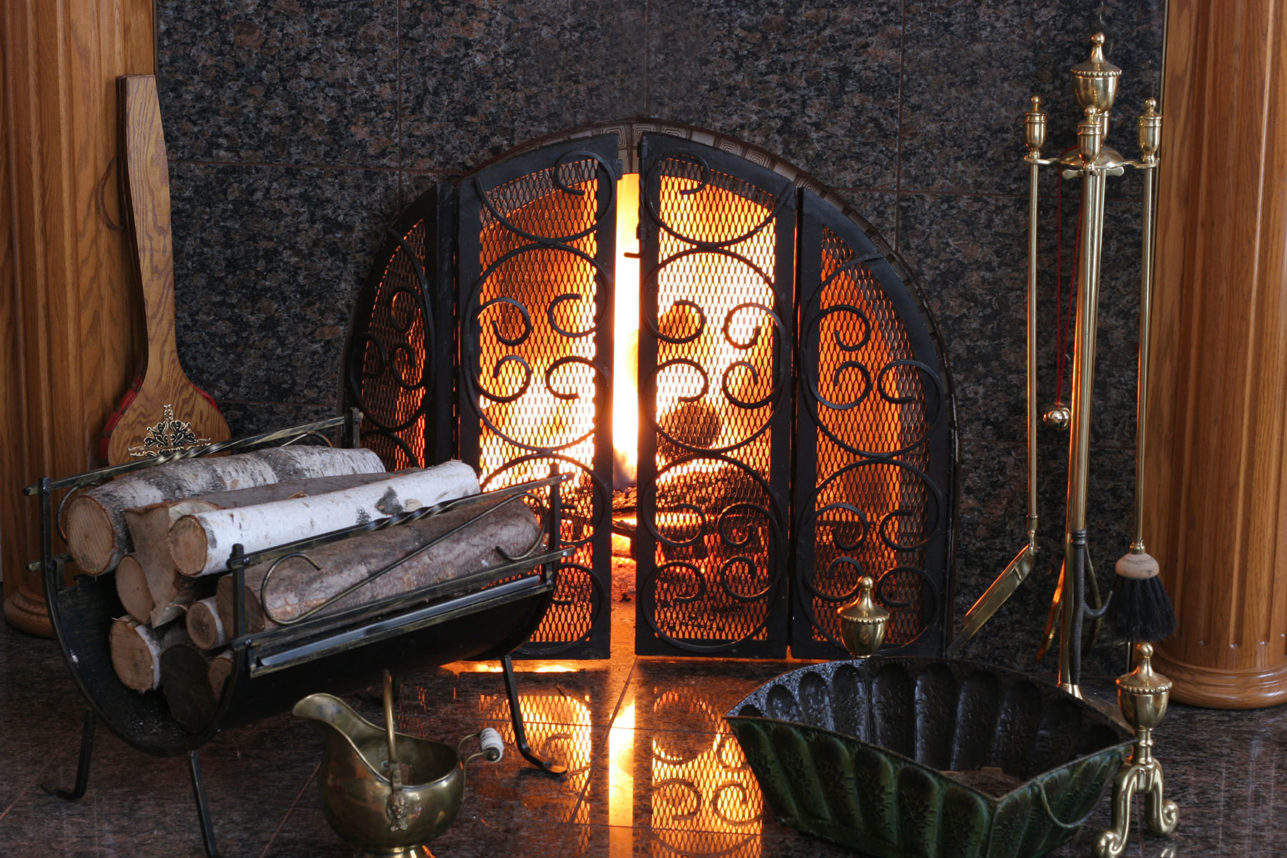

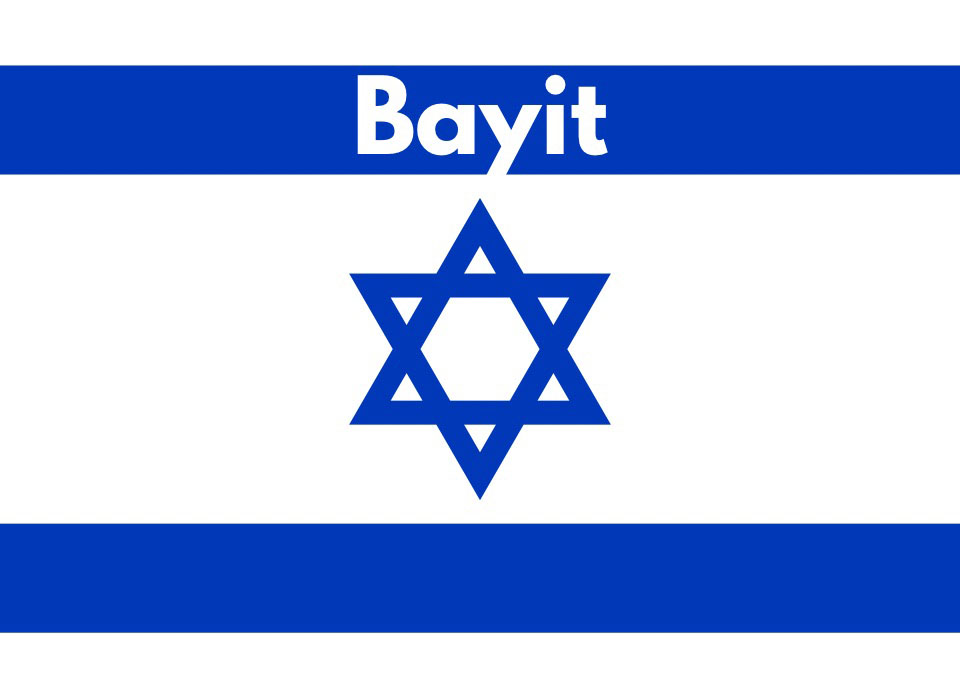














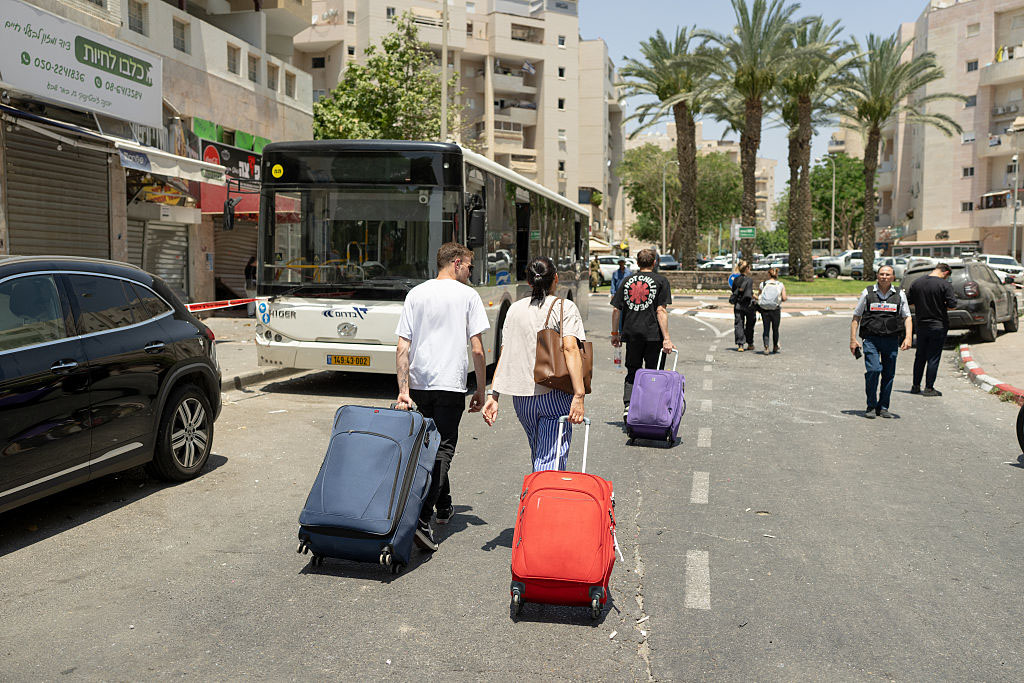



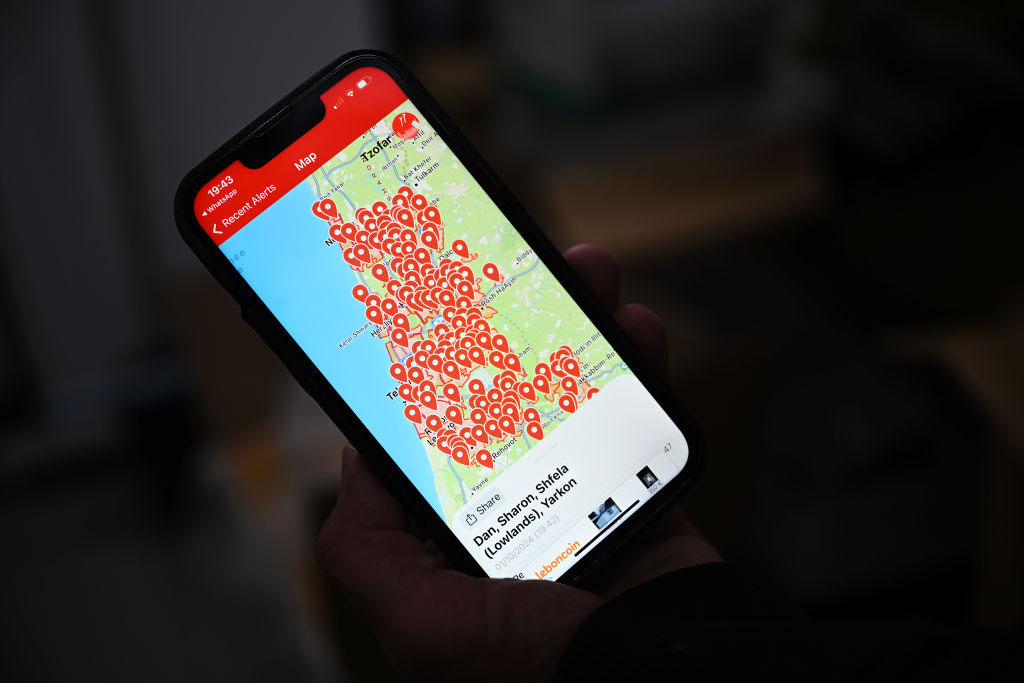


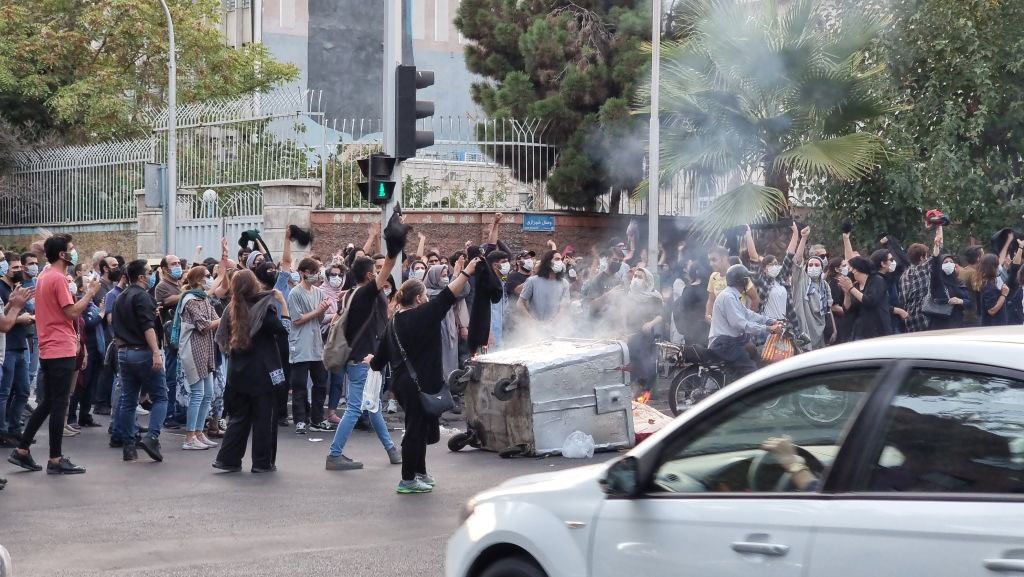




 More news and opinions than at a Shabbat dinner, right in your inbox.
More news and opinions than at a Shabbat dinner, right in your inbox.